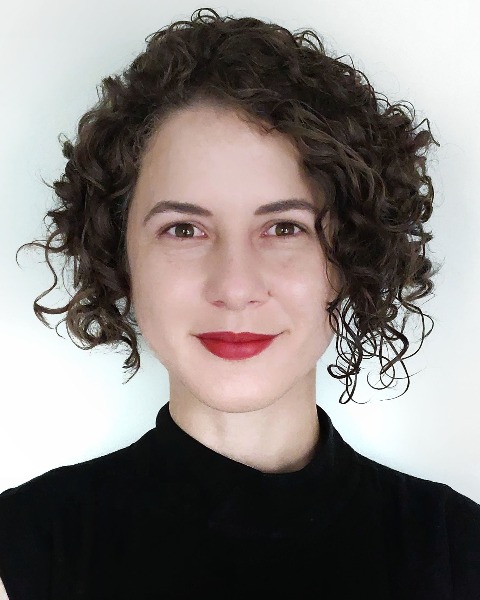Hearing Loss Prevention (HLP)
PP702 - Prevention, Following Up, and Management: Data Technology Impact in Worker's Hearing Conservation

Karenina S. Calarga, MS (she/her/hers)
Audiologist
Reckitt
University of Sao Paulo
São Paulo , Sao Paulo, BrazilFinancial Disclosures: I do not have any relevant financial relationships with anything to disclose.
Non-Financial Disclosures: I do not have any relevant non-financial relationships with anything to disclose.- MB
Marjorie Bachmann
Financial Disclosures: I do not have any relevant financial relationships with anything to disclose.
Non-Financial Disclosures: I do not have any relevant non-financial relationships with anything to disclose. - FS
Felipe Santos
Financial Disclosures: I do not have any relevant financial relationships with anything to disclose.
Non-Financial Disclosures: I do not have any relevant non-financial relationships with anything to disclose.
Lead Presenter(s)
Contributor(s)
The Hearing Conservation Program (HCP) consists on a set of actions aimed at preventing the triggering or worsening of Noise-Induced Hearing Loss. The goal of this study was to build a Web Platform to provide light, intelligent and integrative epidemiology, in order to direct Surveillance in Workers' Hearing Health. Software implementation provided the organization of policies and work processes, articulated interventions and the planning of more effective hearing health promotion actions. In addition to impacting the quality of care, following up and management of the HCP.
Summary:
Prevention, following up and management: data technology impact in workers’ hearing conservation
RATIONALE
The Hearing Conservation Program (HCP) consists on a set of actions aimed at preventing the triggering or worsening of Noise-Induced Hearing Loss. Epidemiology studies the health-disease relationship in groups, determining factors of damage to health, planning of prevention measures, control and eradication of damage to basic planning indicators, administration and evaluation of collective health prevention measures. That is, the use of epidemiology to produce and develop study actions, problems in the identification and intervention on knowledge. Bearing in mind the benefits of a more accurate collective diagnosis, a Web Platform was developed including all the Brazilian legal requirements for the management of the audiologic information and integration with Environment, Health and Safety (EHS) data.
PURPOSE
The goal of this study was to build a Web Platform as a tool that would provide light, intelligent and integrative epidemiology, in order to direct Surveillance in Workers' Hearing Health.
METHODS
For development, the most relevant indicators were selected to optimize care and direct the promotion of hearing health, so that the generated modules included:
(1) Tools for service optimization: pre-service; audiological exam and occupational follow-up
(2) Tools for optimizing HCP management: automatic data tabulation (epidemiological analysis of any parameter collected); automated graphs and reports, integration with EHS data and the Occupational Health Medical Control Program
RESULTS
After the implementation of the system, there was: (1) optimization of appointments time; (2) improved accuracy; (3) optimization of case follow-up; (4) greater data control, allowing for new exchanges; 5) identification of fixed points (5) (6) preventive actions in partnership with Occupational Safety and Occupational Health; (7) task monitoring by medical management in real time; (8) easy access to information for audits.
CONCLUSIONS
The more accurate diagnosis provided the organization of policies and work processes of the sectors involved, providing an articulated intervention and the planning of more effective hearing health promotion actions. In addition to impacting the quality of care, monitoring and management of the HCP.
Learning Objectives:
- Identify how the creation of automated software optimizes audiological care and provides differential epidemiological data to guide hearing conservation programs.
